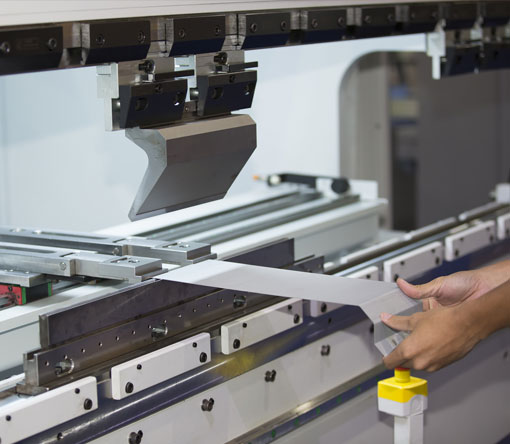In today's fast-paced manufacturing industry, dynamic sheet metal fabrication has become an essential process for creating a wide range of products. From automotive parts to intricate architectural structures, sheet metal fabrication plays a vital role in shaping our world. In this comprehensive guide, we will explore the various techniques, tools, and trends in dynamic sheet metal fabrication, providing you with valuable insights into this fascinating field.
The Basics of Sheet Metal Fabrication
Sheet metal fabrication is the process of shaping flat sheets of metal into desired shapes and sizes using various tools and techniques. This process typically involves cutting, bending, and assembling the metal to create functional products. Some of the most common materials used in sheet metal fabrication include aluminum, steel, brass, copper, and bronze.
Cutting Techniques
There are several methods for cutting sheet metal, each with its advantages and disadvantages. Some of the most popular cutting techniques include:
1. Shearing: This technique uses a straight-blade shear to make straight cuts in the metal sheet. It is a simple and cost-effective method for cutting large sheets of metal but may not be suitable for intricate designs.
2. Punching: Punching involves using a punch and die to create holes or cutouts in the metal sheet. This method is ideal for creating complex shapes and patterns but can be time-consuming and expensive for large-scale projects.
3. Laser Cutting: Laser cutting uses a high-powered laser to cut through the metal sheet with extreme precision. This method is ideal for intricate designs and tight tolerances but can be more expensive than other cutting techniques.
4. Waterjet Cutting: Waterjet cutting uses a high-pressure stream of water mixed with abrasive particles to cut through the metal sheet. This method is ideal for cutting thick materials and can produce intricate designs without heat distortion.
Bending Techniques
Bending is another crucial aspect of sheet metal fabrication, allowing the creation of complex shapes and structures. Some popular bending techniques include:
1. Air Bending: Air bending involves using a punch and die to bend the metal sheet without touching the die. This method is versatile and can produce a wide range of bend angles, but it may not provide the same level of precision as other techniques.
2. Coining: Coining uses a punch and die to apply extreme pressure to the metal sheet, creating a permanent bend. This method provides high precision and repeatability but can be more expensive and time-consuming than other techniques.
3. Three-Point Bending: This technique uses a punch and two dies to bend the metal sheet at three points simultaneously. This method is ideal for creating complex shapes and structures with high precision.
Assembly Techniques
Once the sheet metal parts have been cut and bent, they need to be assembled to create the final product. Some common assembly techniques include:
1. Welding: Welding involves joining metal parts by melting and fusing them together. There are several welding methods, such as TIG, MIG, and spot welding, each with its advantages and disadvantages.
2. Riveting: Riveting uses metal fasteners called rivets to join sheet metal parts. This method is strong and durable but may not be suitable for all applications.
3. Adhesive Bonding: Adhesive bonding involves using a strong adhesive to join sheet metal parts. This method is ideal for joining dissimilar materials or creating a clean, seamless appearance.
Trends in Sheet Metal Fabrication
As technology advances, the sheet metal fabrication industry continues to evolve, with new tools and techniques being developed to improve efficiency and precision. Some notable trends in the industry include:
1. Automation: The use of automated machinery and robotics in sheet metal fabrication has increased significantly in recent years. These advancements have allowed for increased precision, reduced labor costs, and improved overall efficiency.
2. 3D Printing: While still in its early stages, 3D printing technology has the potential to revolutionize the sheet metal fabrication industry. By allowing for the creation of complex shapes and structures without the need for cutting or bending, 3D printing could significantly reduce production times and costs.
3. Sustainable Practices: As environmental concerns become increasingly important, the sheet metal fabrication industry is adopting more sustainable practices. This includes using recycled materials, reducing waste, and implementing energy-efficient processes.
In conclusion, dynamic sheet metal fabrication is a complex and ever-evolving field, with a wide range of techniques, tools, and trends shaping its future. By understanding the basics of sheet metal fabrication and staying informed about industry developments, you can ensure that your projects are completed with the highest level of precision and efficiency.
dynamic sheet metal fabrication llc













